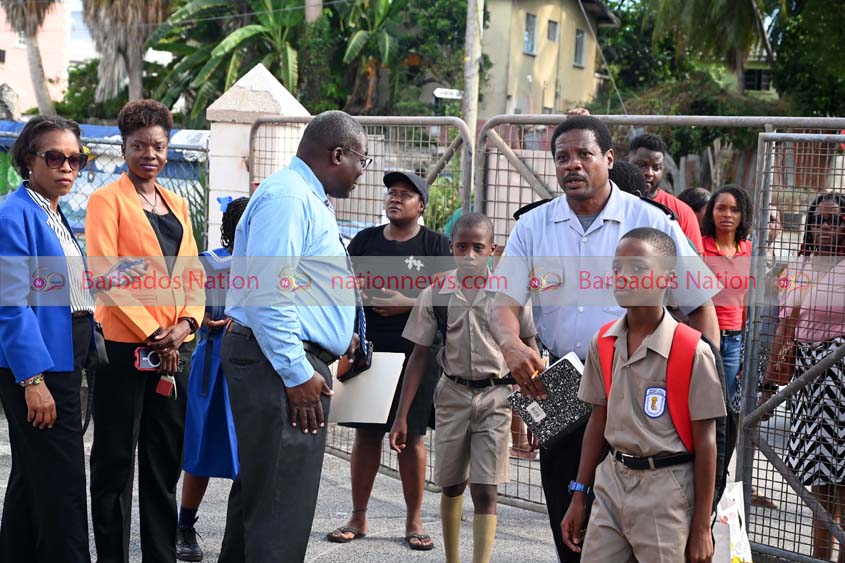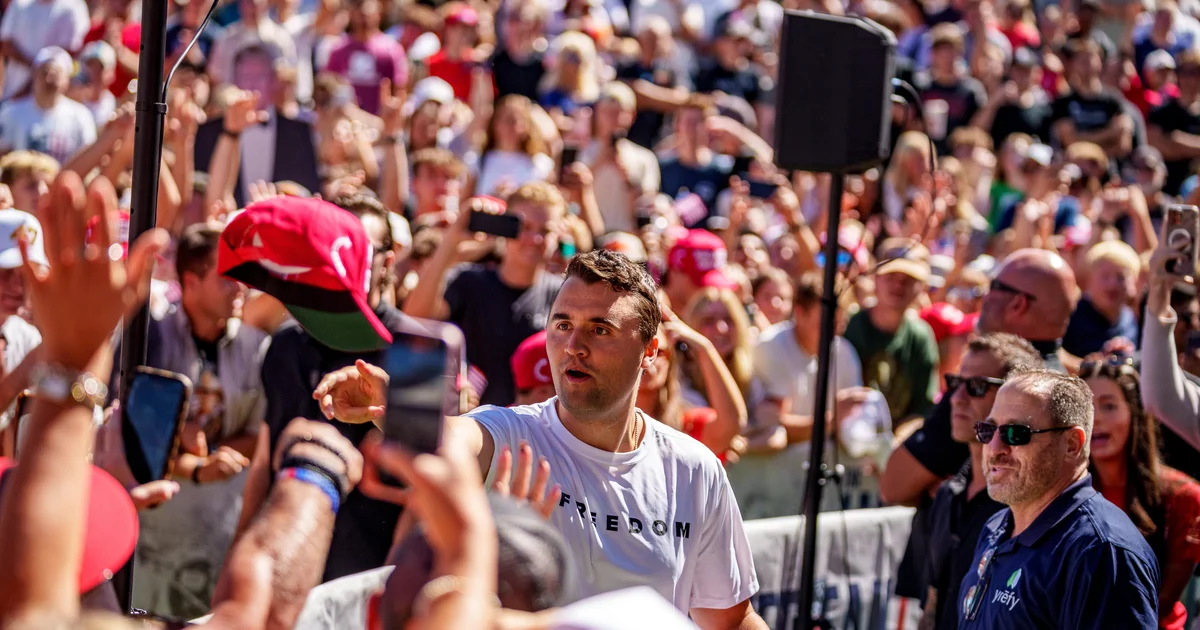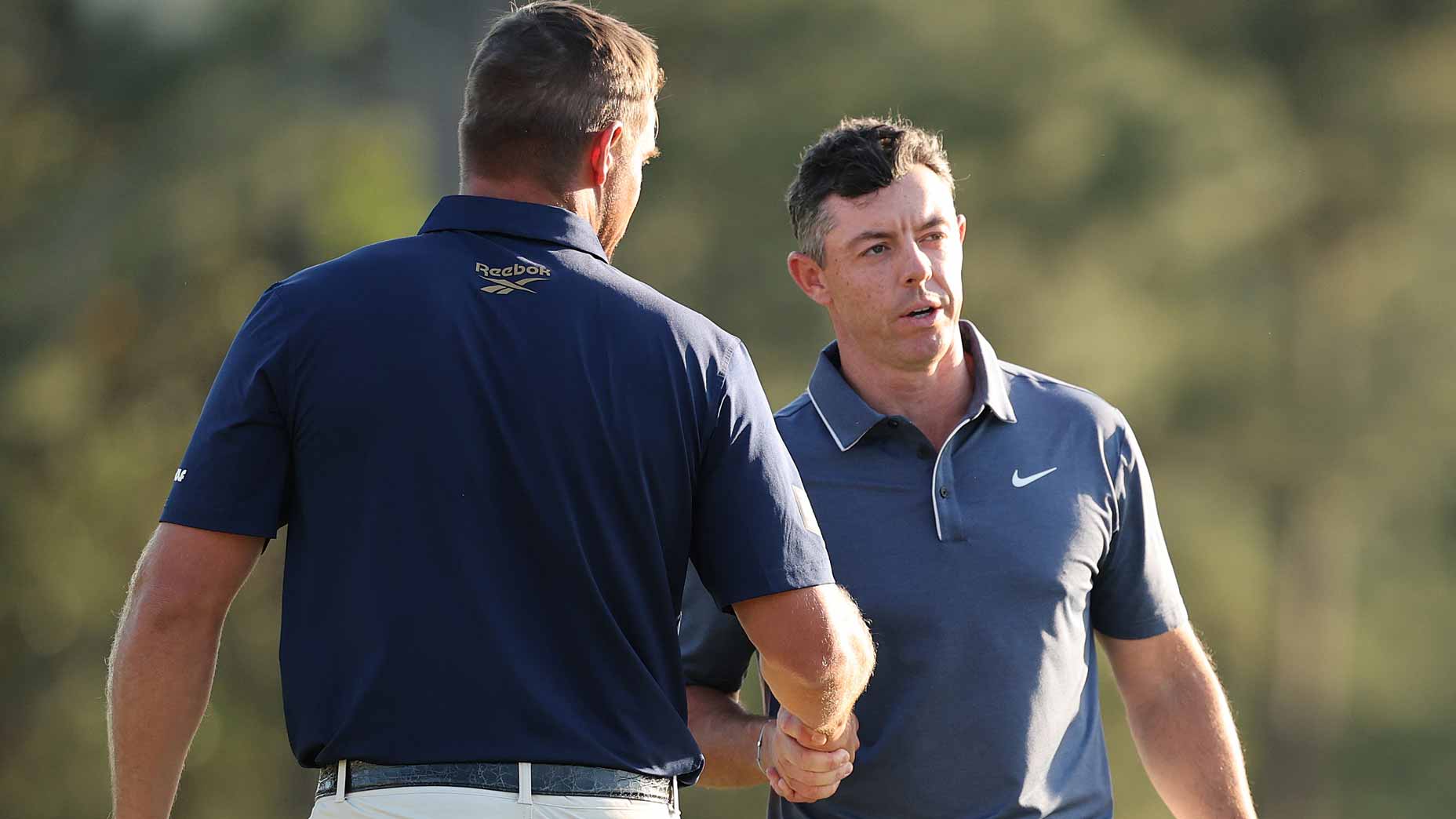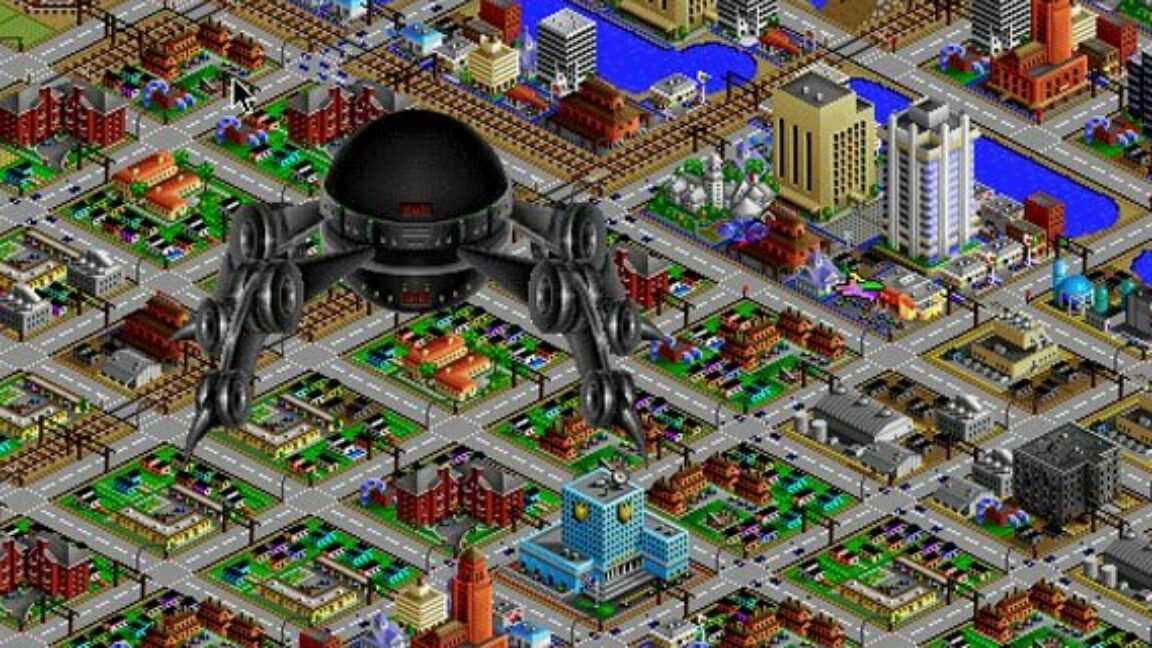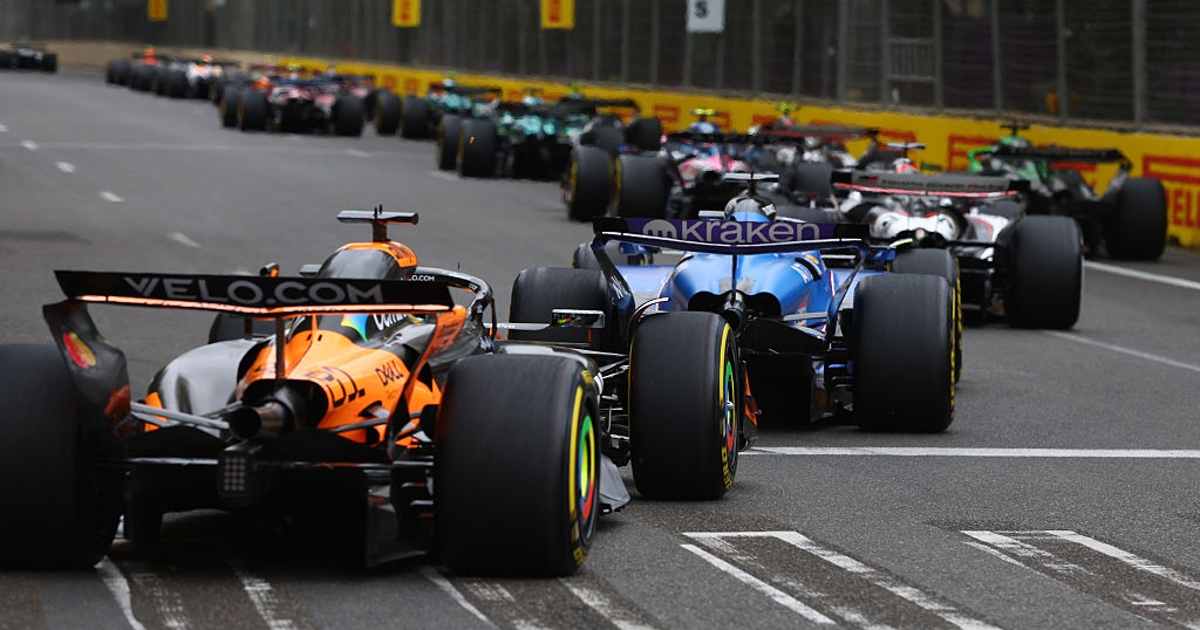
We saw two very different sides of the Baku City Circuit during the Azerbaijan Grand Prix weekend, with Saturday and Sunday completely contrasting days.
The race itself took one hour and 33 minutes for Max Verstappen to complete victory from lights out to the checkered flag, while it took one hour and 58 minutes for the Dutchman to finally secure pole position in qualifying.
RACE REPORT: Verstappen dominates in Baku
Piastri accepts blame for race-ending crash on ‘messy’ weekend
Sainz says even Williams doubted podium potential
No race this year has lasted as long as Saturday’s session to set the grid did, and it gave us a staring order that was particularly enticing. But then how did we go from six red flags and a near two-hour qualifying, to a grand prix that ran untroubled after Oscar Piastri’s first-lap off?
There are two main reasons.
One is the tires, and the C6 compound that was brought by Pirelli to Baku. It’s not the first time that compound has been seen, but it does provide a challenge for the teams and drivers.
A senior engineer described it as like being from a different family of tire compared to the rest of the Pirelli range, and not featuring the same characteristics as the C5 to C1 that are often used elsewhere. As such, running the C6 would lead to a significant change in balance and car behavior compared to the C5 or C4 that were also on offer in Baku.
Another part of the feedback was the C6 lacks consistency and stability on certain cars, and in turn that impacts driver confidence. Even if the rubber was theoretically quicker over one lap in an identical, controlled environment, if a driver doesn’t have the confidence to extract that performance then they will not get the required lap time out of it on a street circuit.
The second reason is that in Baku, that confidence and feedback from the tire to the driver is particularly crucial.
The dominant corner profile at this track is a 90-degree turn that leads onto some form of straight, usually a long one. There are very few corner sequences, and where lap time is found is in the exit each time.
Get that exit right, and you can make up a significant margin, compared to if you are cautious. A team source estimated that there was 0.2s difference between a corner a driver committed to, and one they waited until they were certain they could get on the throttle.
That decision to apply full acceleration was described as a bet being made when still at 0% throttle, such were the characteristics of the majority of the corners. Instead of rolling speed in, it was about getting on the power and believing that the car would grip up as the downforce increased with an increasing speed.
For reference, a more traditional approach to other corners on the calendar was described as requiring that bet to be made at around 80% throttle, just making a call on when to commit to the final 20%.
In practice, drivers would often bail out on the approach to the corner if they didn’t feel they had everything under control heading to the apex. It showed a calculated decision that it wasn’t worth even the slightest contact with the wall in a practice session, so they would take to the run-off area. The ultimate lap time didn’t actually matter, just the car handling and setup work. By qualifying, that weighting has changed, and taking to the escape road would mean writing off a lap completely, when there are so few chances to set a time, particularly in a session that often sees incidents. That results in drivers committing to corners on the limit, and sometimes finding they’ve carried too much speed in, or that the car isn’t gripping up as planned as they try to accelerate out.
With walls on the exit, there’s no room left to solve that problem once it manifests itself, and particularly on the C6 tire the lack of feedback that some drivers feel means they are not getting the cues they are used to when it comes to grip level.
So it’s no surprise the C6 was even avoided by some teams during qualifying, and wasn’t seen at all during the race. And nor were many of the rest of the weekend’s errors.
By the race, drivers know there is no tomorrow to try and recover if they hit a wall. And they also don’t quite need that 0.2s per corner in the same way, unless in direct wheel-to-wheel combat. With tire saving to take into account too during a one-stop race – in the end a fairly simple task but also partly necessitated by the desire to avoid the C6 having used the C5 in qualifying – the margins left are bigger.
As Piastri’s crash showed, a slight misjudgment and lock-up in windy conditions can still have dire consequences, and the timing wasn’t a surprise. Race starts and restarts are often the catalyst for incidents with drivers fighting on a relatively low-grip surface, but if one is cleanly navigated – as was the case following the championship leader’s off – then the race can settle down.
Unless there’s a clear pace difference between cars, overtaking can become a tricky balance because a lunge on the brakes cannot afford to fail, with zero run-off on the corner exits other than Turn 16. And that corner requires the best exit of all, for the 1.3-mile flat out run to Turn 1, the main overtaking spot.
The mixed-up grid this weekend provided the perfect ingredients in many ways, with even a largely incident-free race seeing a surprise podium for Carlos Sainz and a tough Sunday for McLaren and Ferrari, all due to their grid positions.
The chaos came on Saturday, the calm on Sunday, and it was corner and tire characteristics that combined along with the weather to keep the jeopardy of Baku going strong
